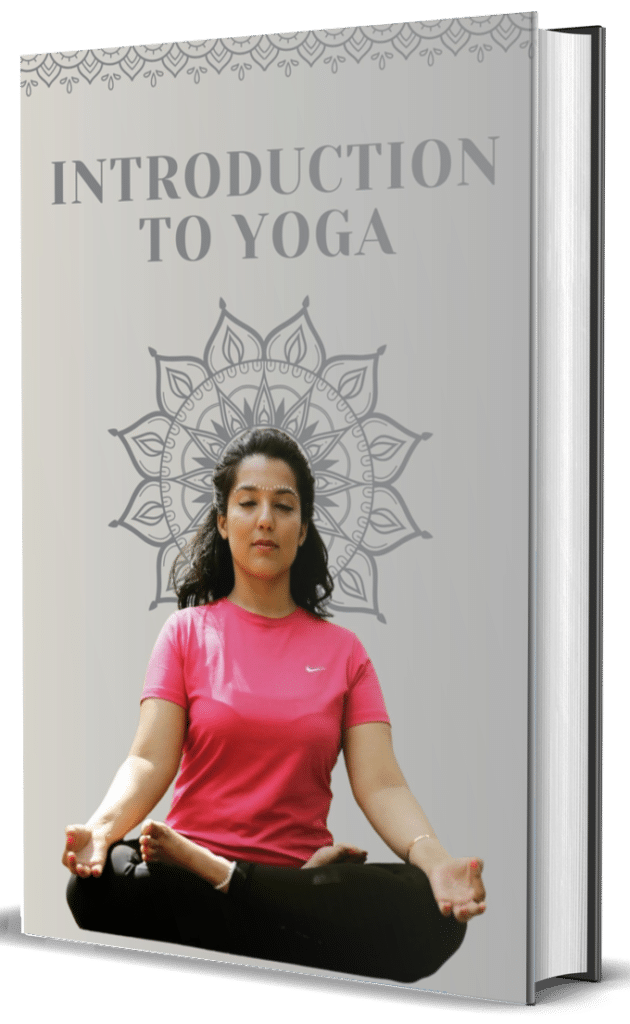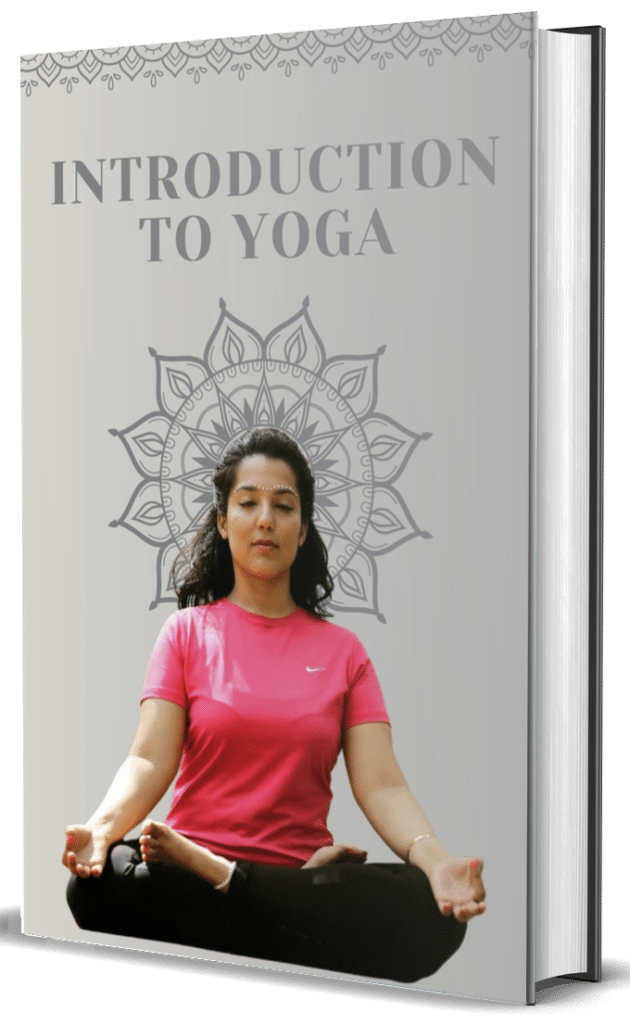Mudra Yoga represents a sophisticated branch of yogic practice focused on the symbolic hand and body gestures that seal and direct energy flow within the practitioner. The term “mudra” derives from the Sanskrit root “mud” meaning delight or pleasure and “ra” meaning to produce—together suggesting gestures that generate an experience of inner joy and energetic harmony.
Beyond the commonly known hand mudras like Gyan (knowledge) or Anjali (prayer), Mudra Yoga encompasses a comprehensive system including hand positions (hasta mudras), body postures (kaya mudras), energetic locks (bandha mudras), consciousness-affecting gestures (mana mudras), and meditative gazing techniques (drishti mudras). Collectively, these practices form a subtle yet powerful methodology for influencing the pranic energy system and consciousness.
According to yogic philosophy, each finger corresponds to a specific element: the thumb represents fire (agni), index finger relates to air (vayu), middle finger connects to ether/space (akasha), ring finger associates with earth (prithvi), and the little finger links to water (jala). By bringing fingers together in specific configurations, practitioners can balance these elemental energies within the body-mind system.
Physiologically, modern research suggests that mudras affect the brain through the extensive nerve endings in the hands, potentially activating specific neural pathways and brain regions. The precise positioning of fingers may also influence the body’s electromagnetic field and stimulate reflex points connected to various organs and bodily systems.
In traditional practice, mudras are typically held for extended periods—ranging from 5 minutes to 45 minutes or longer—while practicing pranayama or meditation. The subtle effects of these gestures gradually accumulate, potentially leading to profound shifts in awareness and energetic balance. Advanced practitioners often report experiences of heightened sensitivity to subtle energy, increased meditative absorption, and greater access to intuitive knowledge.
Contemporary yoga classes often incorporate simple mudras like Anjali (prayer) or Gyan (wisdom) mudra, but the full spectrum of mudra practices offers a rich territory for exploration beyond the physical postures, particularly for those interested in the meditative and energetic dimensions of yoga.



